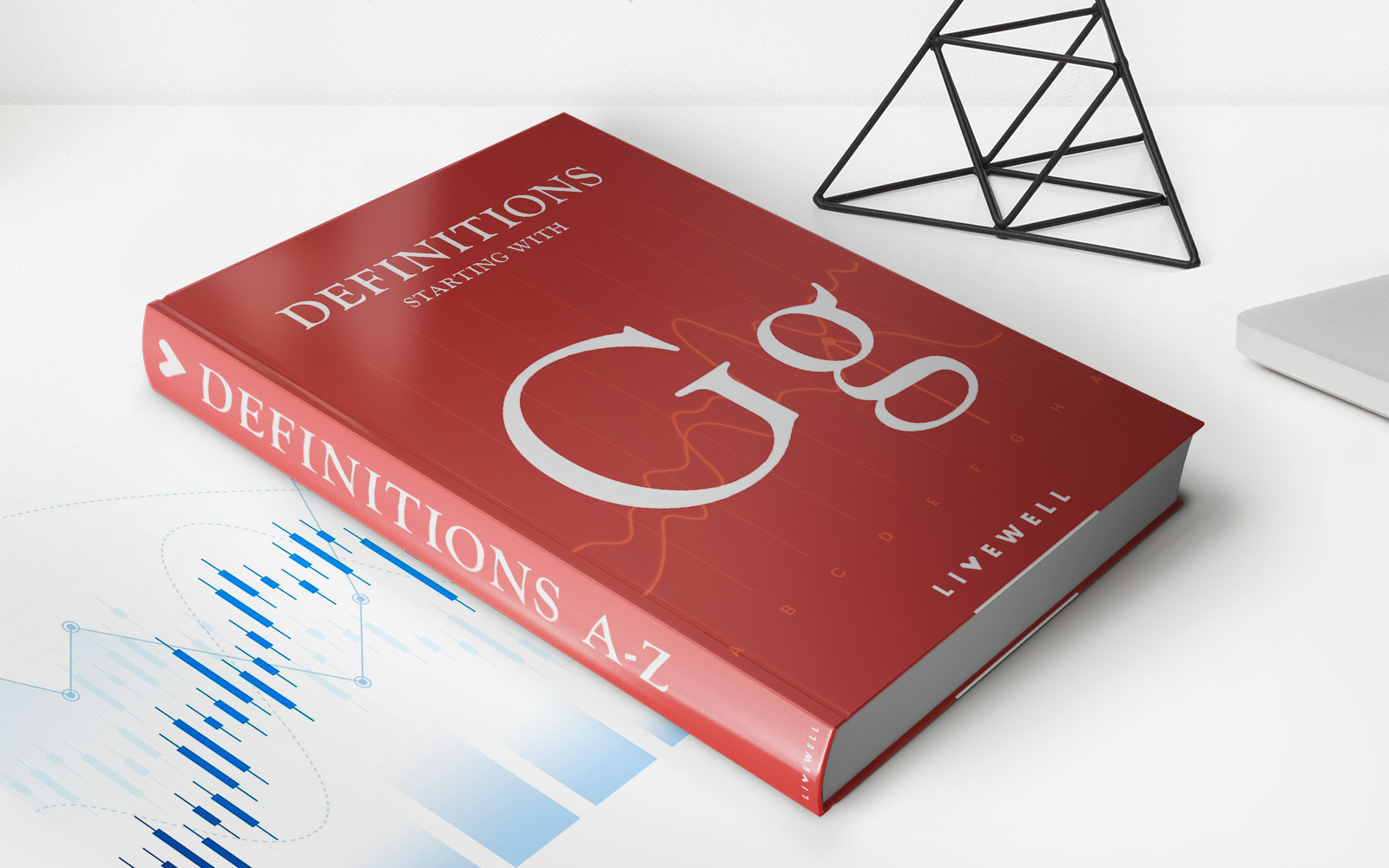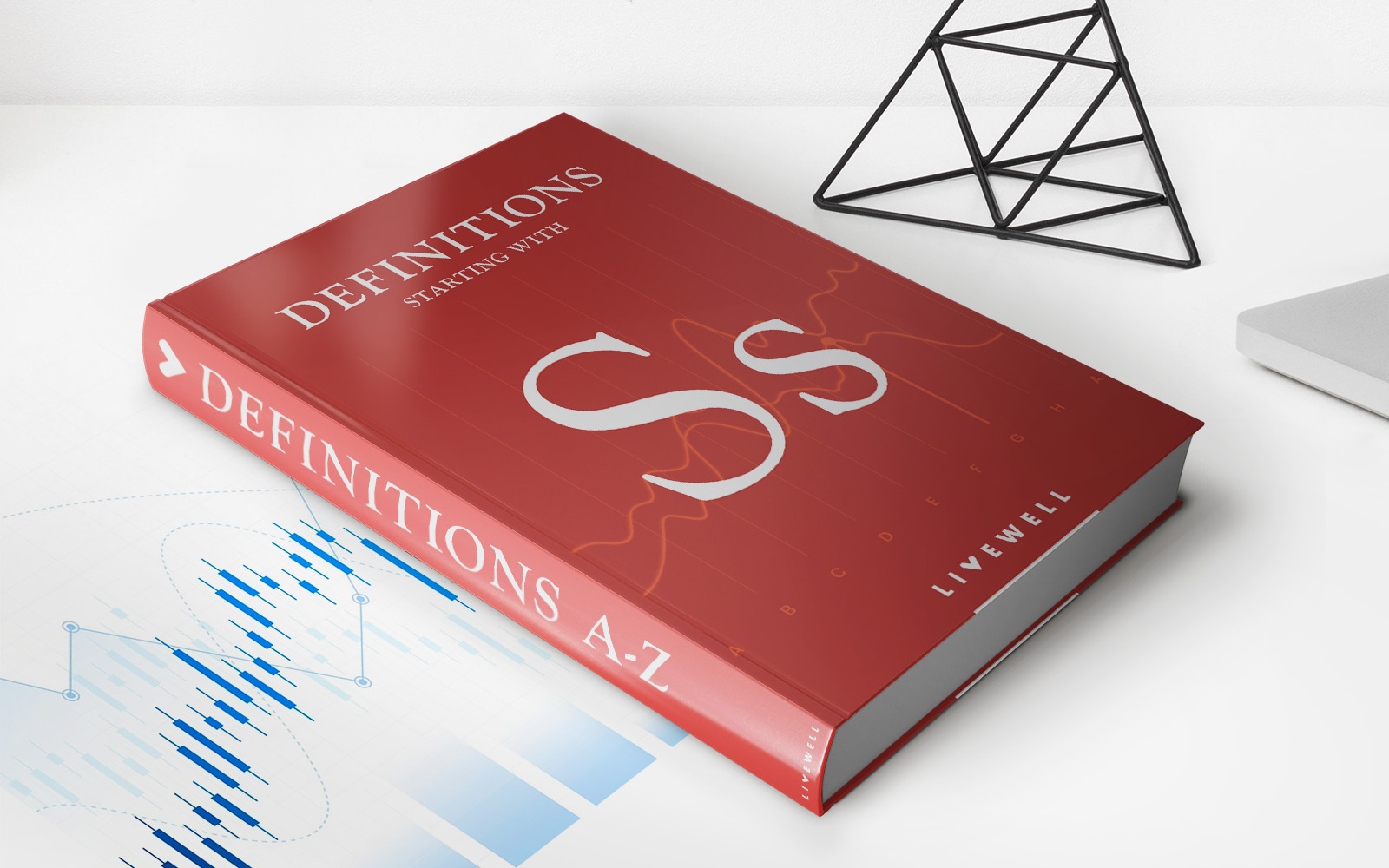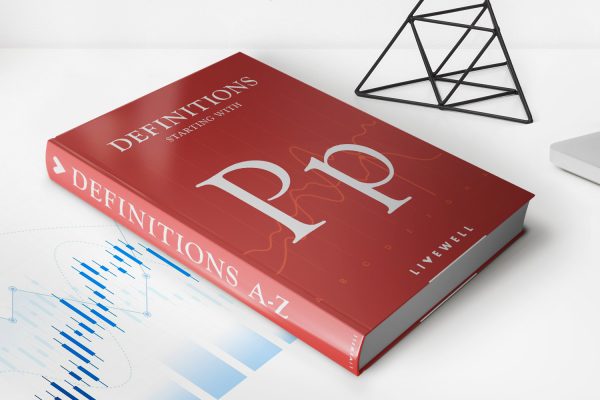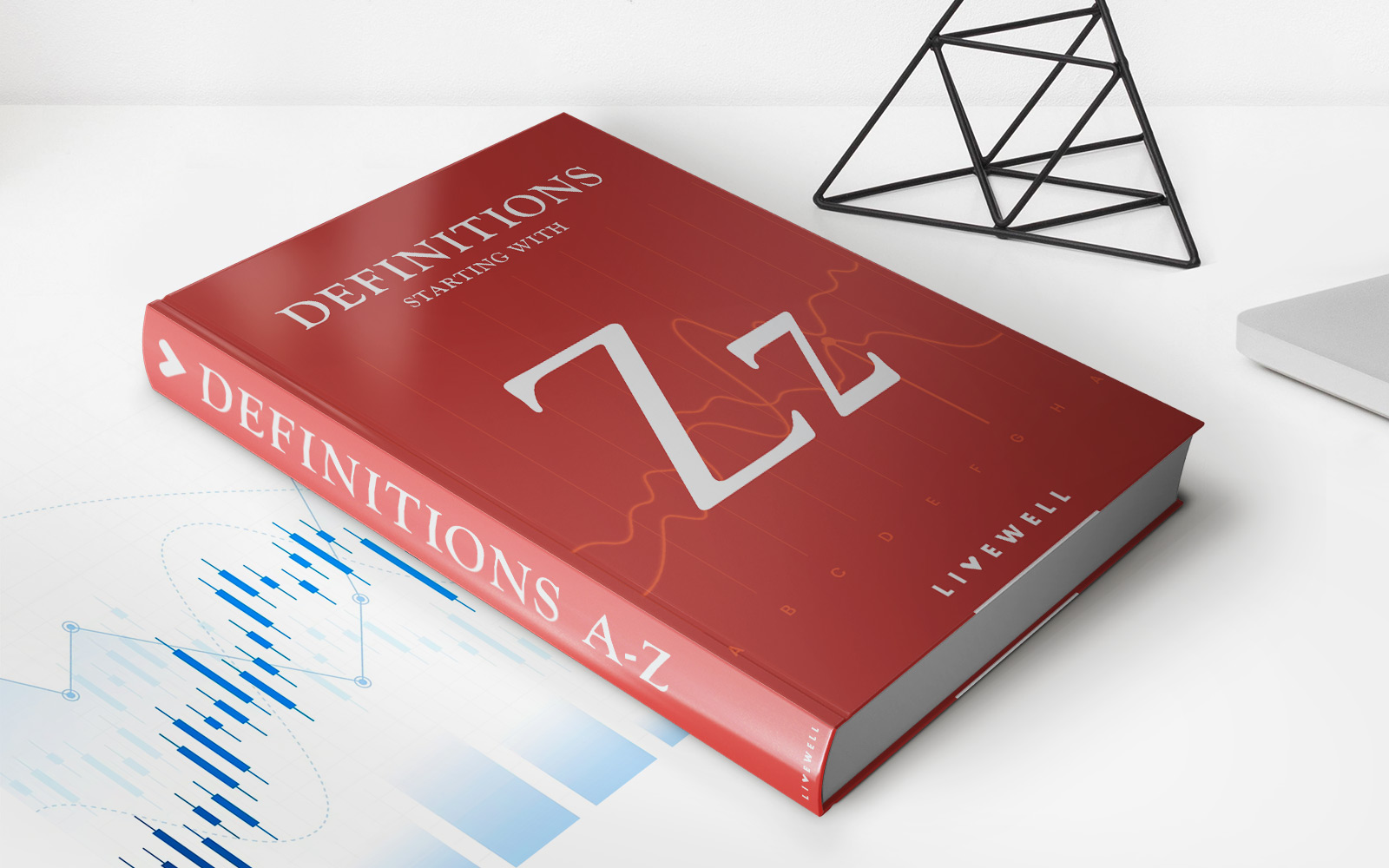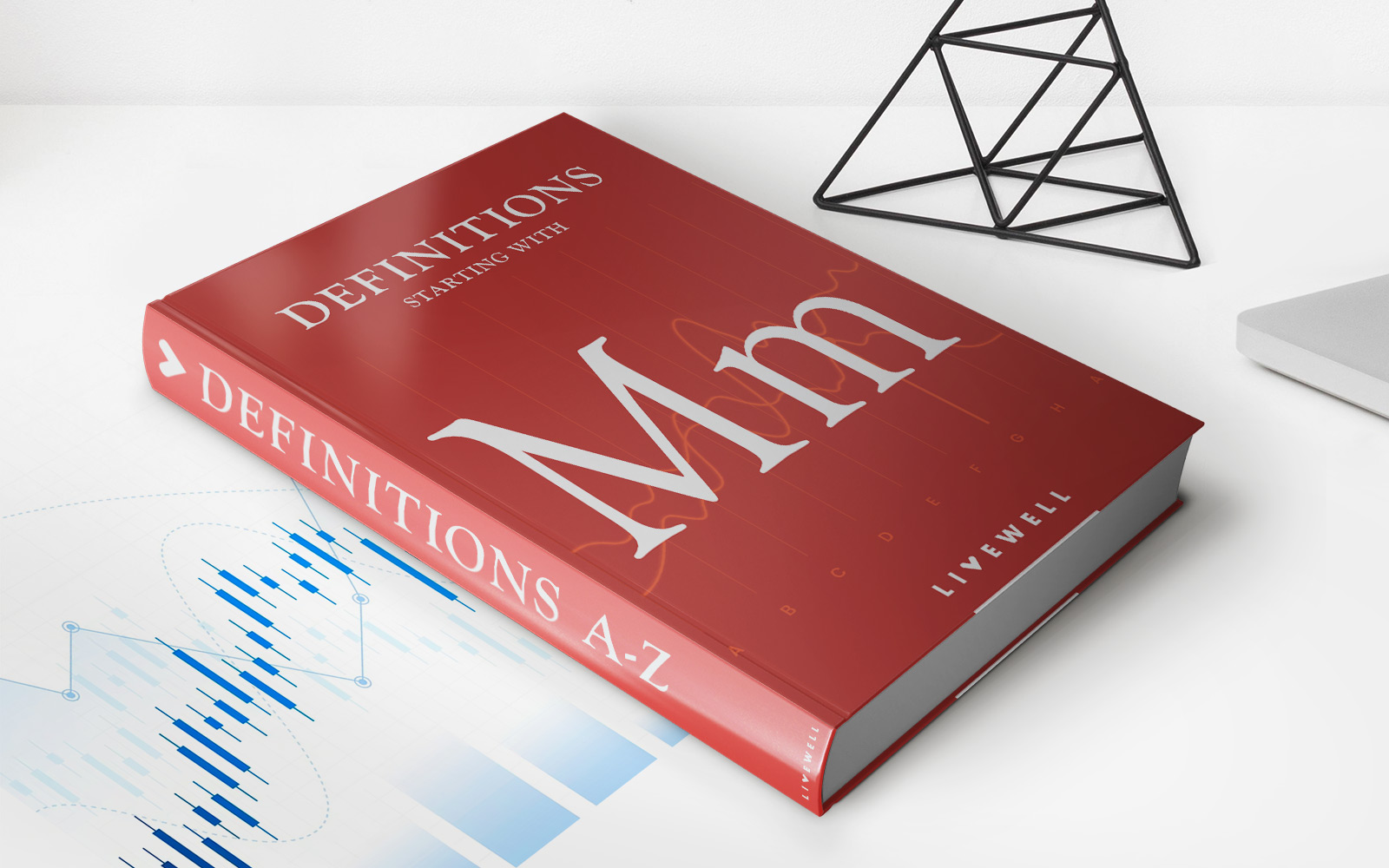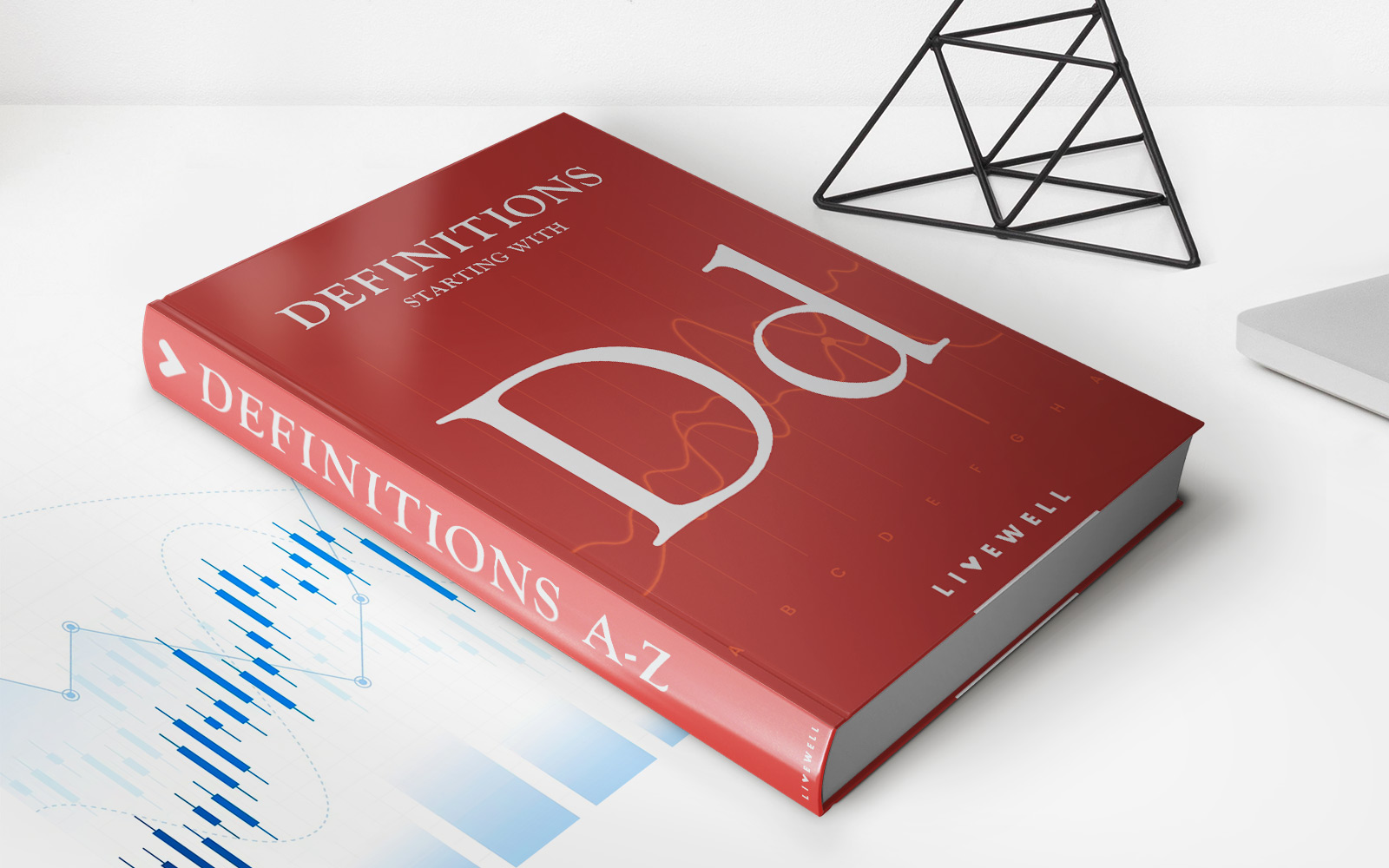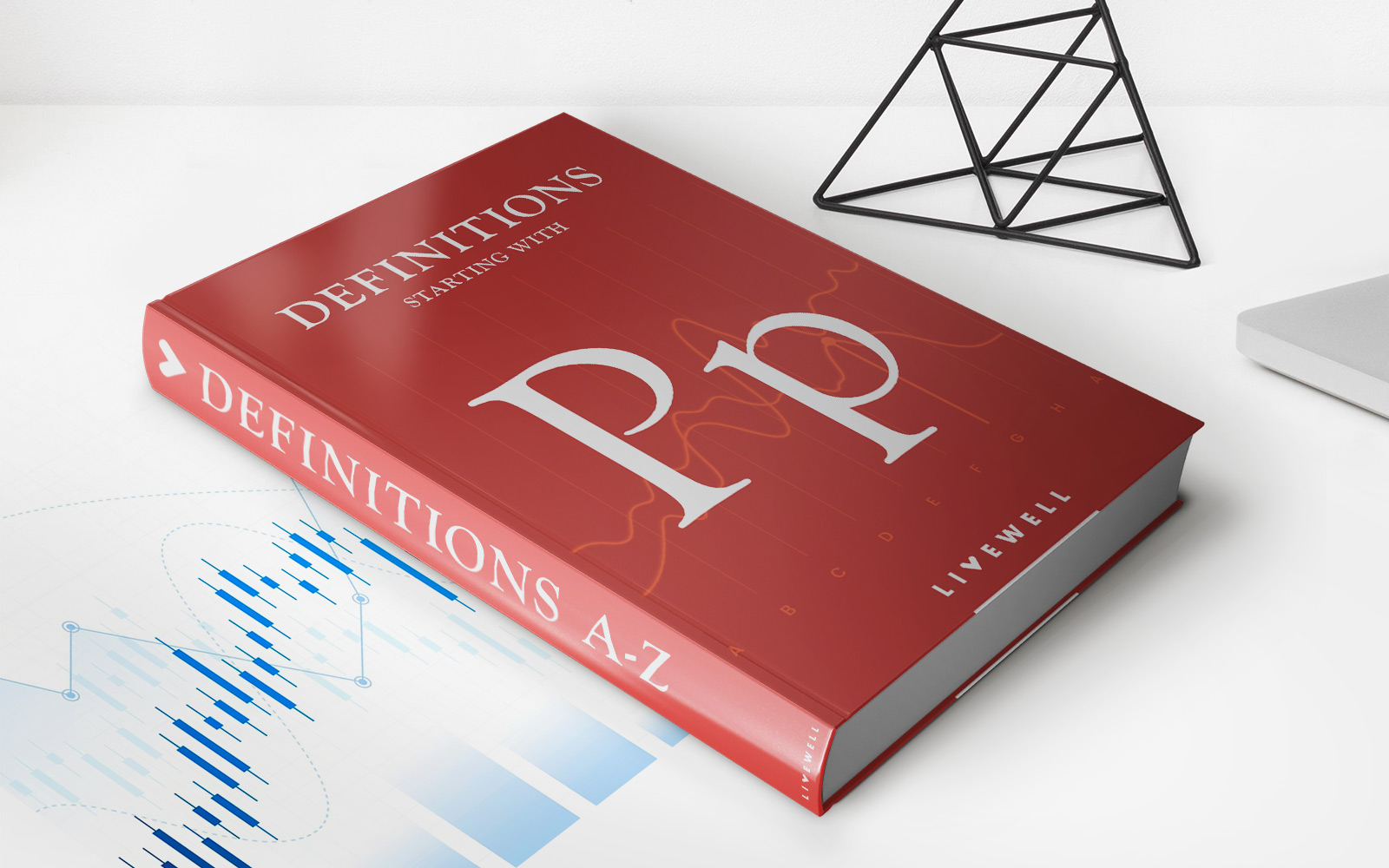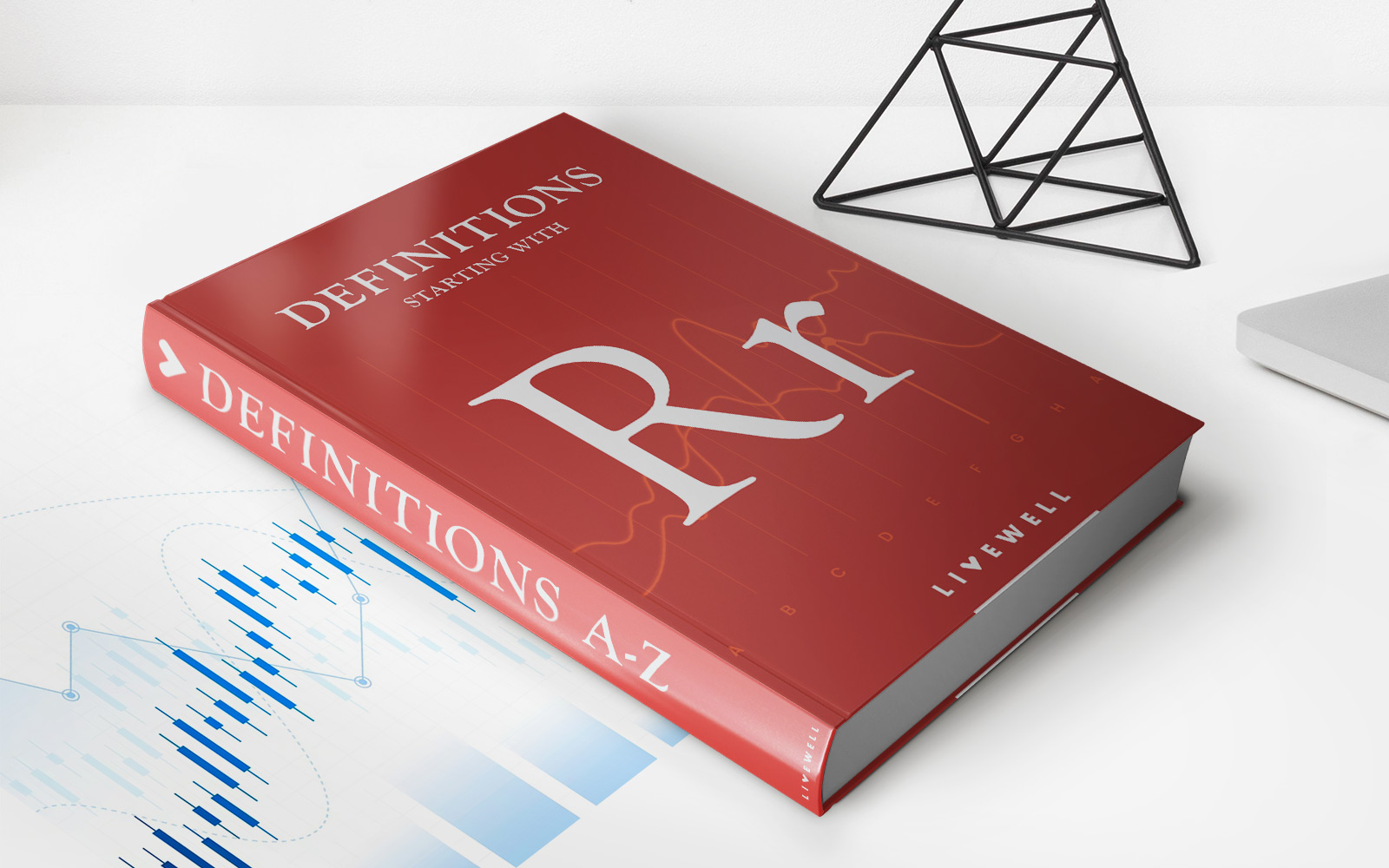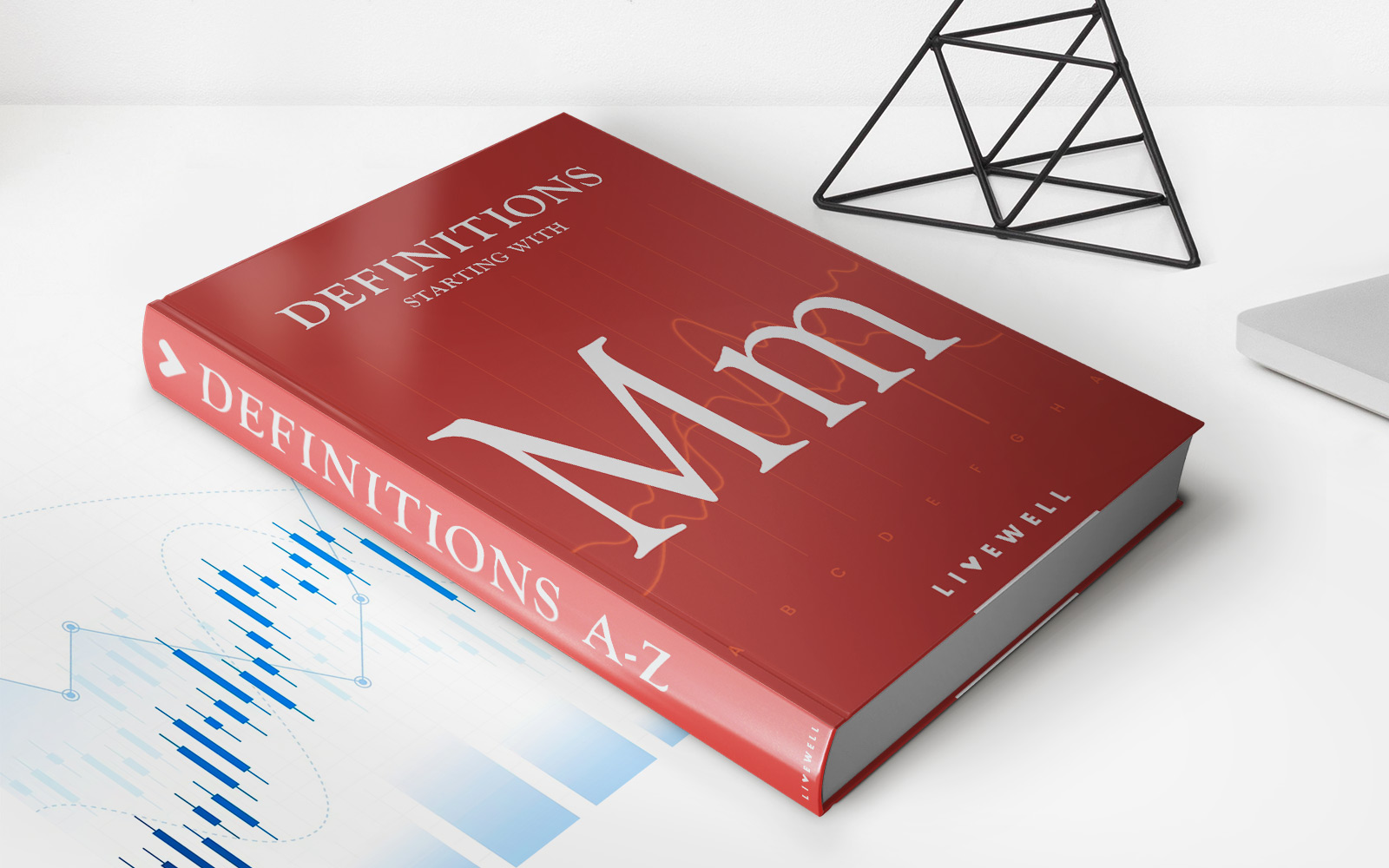

Finance
Dynamic Gap Definition
Published: November 15, 2023
Learn the dynamic gap definition and its significance in finance. Discover how this concept affects financial decision making and overall business performance.
(Many of the links in this article redirect to a specific reviewed product. Your purchase of these products through affiliate links helps to generate commission for LiveWell, at no extra cost. Learn more)
Understanding Dynamic Gap Definition in Finance
Welcome to our “FINANCE” category! Today, we are diving into an important concept in the world of finance called Dynamic Gap Definition. If you’ve ever wondered how financial institutions manage risk and maintain balance, then this blog post is for you. We will explain what Dynamic Gap Definition is, why it is crucial, and how it contributes to the overall stability of the financial industry.
Key Takeaways
- Dynamic Gap Definition is a risk management technique used in finance.
- It involves matching the durations of assets and liabilities to minimize interest rate risk.
So, what exactly is Dynamic Gap Definition? In simple terms, it is a strategy employed by financial institutions to ensure that the duration or maturity of their assets and liabilities are carefully aligned. By doing so, they aim to minimize the potential impact of interest rate fluctuations on their overall financial position.
Now, you might be wondering why this is so important. Here’s why:
- Risk Management: Dynamic Gap Definition plays a crucial role in managing interest rate risk. When a financial institution’s assets and liabilities have mismatched durations, changes in interest rates can have a significant impact on their profitability. By implementing a Dynamic Gap Definition strategy, institutions can mitigate this risk and safeguard their financial stability.
- Balance Sheet Management: The careful alignment of asset and liability durations allows financial institutions to maintain a balanced and stable balance sheet. This enables them to meet their financial obligations, satisfy regulatory requirements, and operate efficiently.
So, how does Dynamic Gap Definition work in practice?
In order to implement a Dynamic Gap Definition strategy, financial institutions need to assess and evaluate their assets and liabilities in terms of their duration. This process involves analyzing the different timeframes of loans, deposits, investments, and other financial instruments held by the institution.
Once this analysis is done, institutions can then make adjustments to their asset and liability mix to bring the durations into alignment. This may involve various actions such as refinancing, issuing new debt, or rebalancing investments.
By regularly monitoring and updating their Dynamic Gap Definition, financial institutions can ensure that they are well-positioned to handle changes in interest rates and other potential risks. This contributes to the overall stability of the institution and reduces the potential for financial disruptions.
In conclusion, Dynamic Gap Definition is a crucial risk management technique used in finance. It helps financial institutions align the durations of their assets and liabilities, minimizing interest rate risk and maintaining balance sheet stability. By implementing effective Dynamic Gap Definition strategies, institutions can better protect themselves from market volatility and ensure long-term financial health.
Thank you for reading our blog post on Dynamic Gap Definition! We hope you found the information helpful and insightful. If you have any questions or would like to learn more about this topic, feel free to reach out to us.
